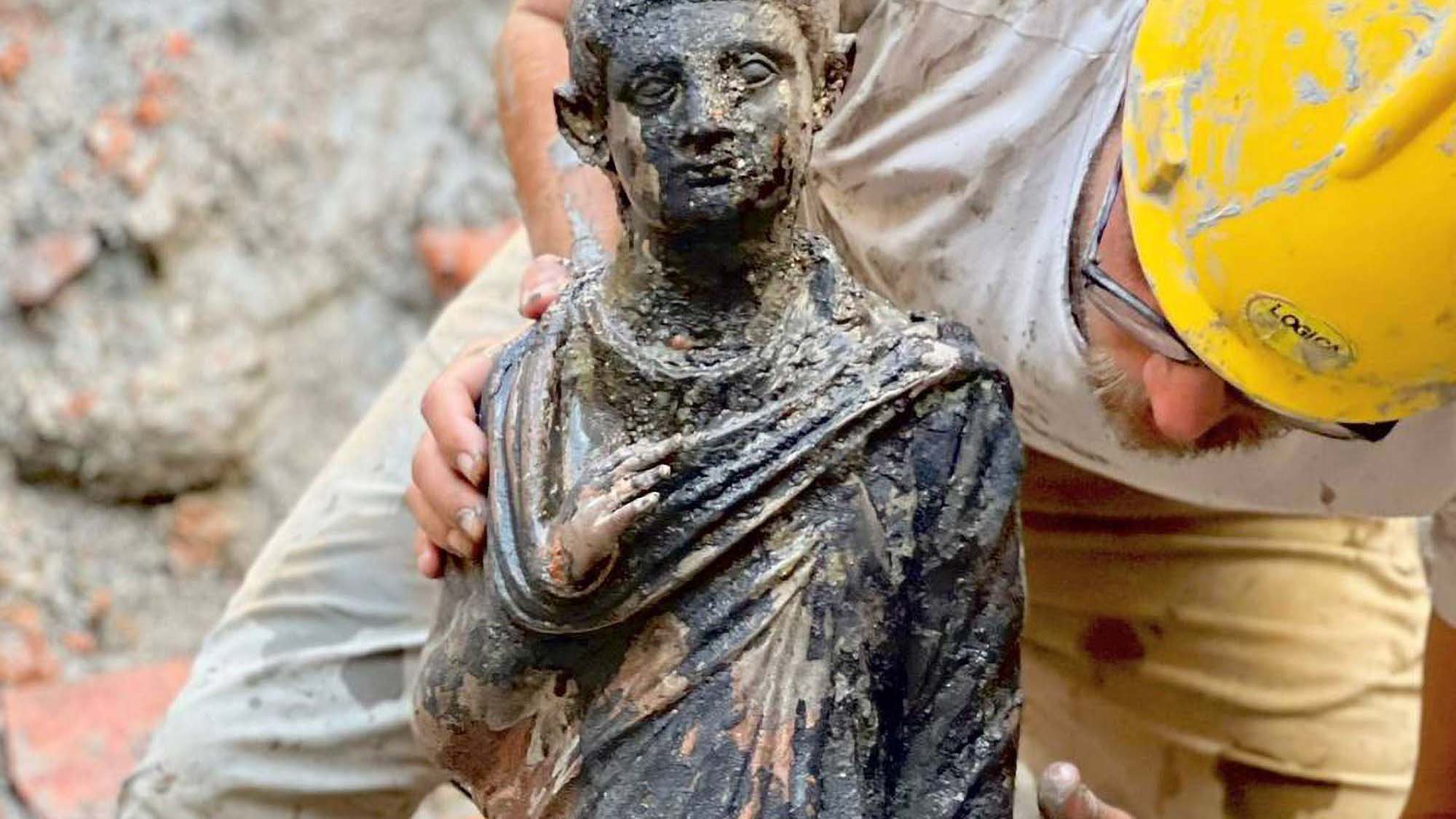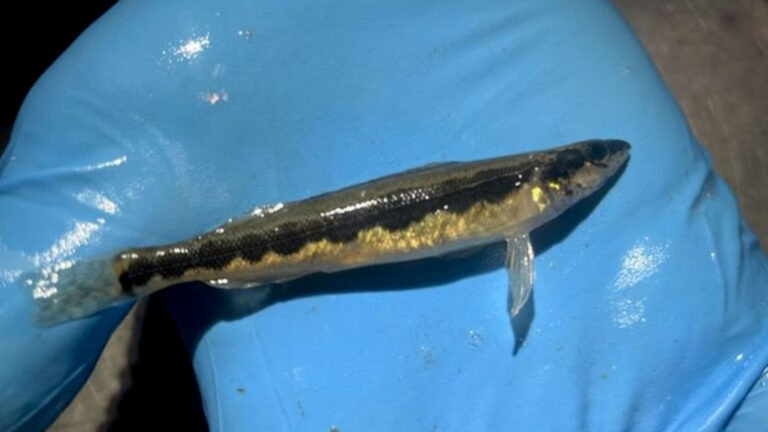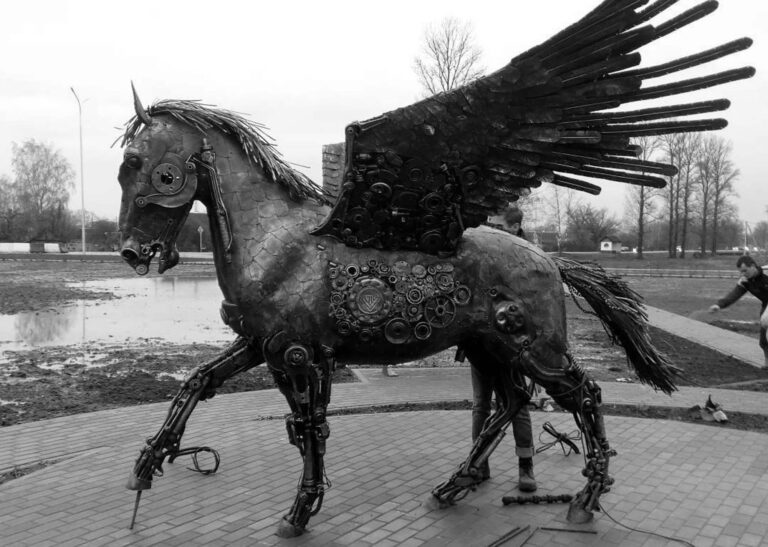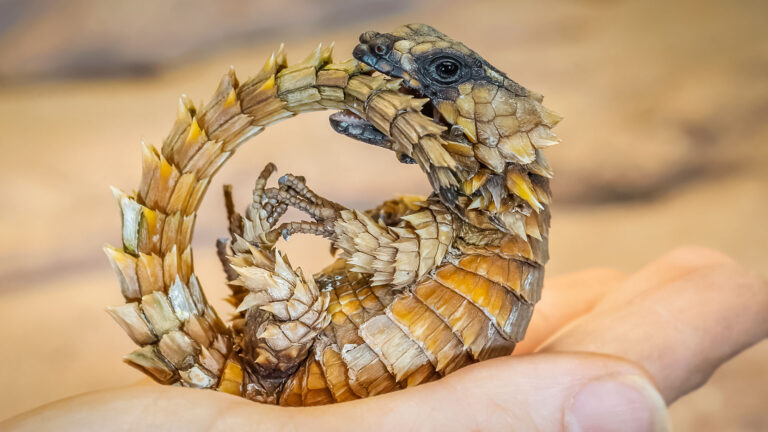These 24 intact bronze statues of ancient gods dating back 2,000 years have been retrieved from an Italian thermal spring, with experts saying that the discovery will “rewrite history”.
Archaeologists working the dig site also found 5,000 gold, silver and bronze coins, according to the Italian Ministry of Culture.
The bronze statues, dating back to ancient Roman times, which archaeologists in Italy found in thermal baths in Tuscany, were recovered over the last two weeks in San Casciano dei Bagni, a hilltop town about 160 kilometres (99 miles) north of Rome.
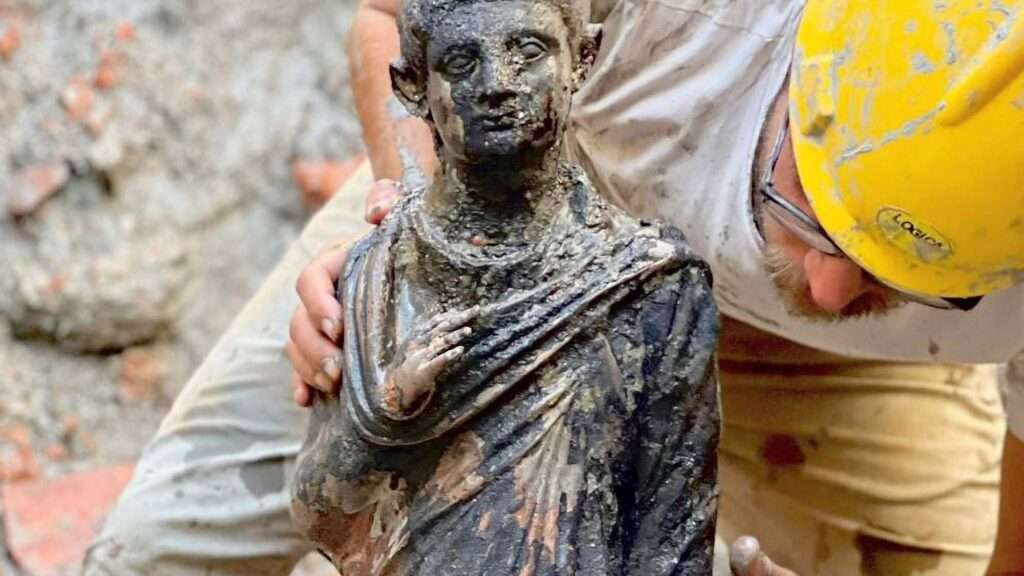

The historic area has dozens of thermal springs producing almost six million litres of hot water per day, making them the third most productive thermal springs in Europe.
They were reportedly founded by the Etruscan king of Chiusi, Porsenna, and continue to be popular.
They were especially popular during the Roman era, with Emperor Augustus among their visitors.
They were also very popular in Renaissance times and attracted visitors from all over Europe prior to falling into decay and disuse, before a recovery in popularity in the early 21st century.
Newsflash obtained a statement from the Italian Ministry of Culture on Tuesday, 8th November, saying that the “new extraordinary bronze statues discovered at the sanctuary of San Casciano dei Bagni, from the thermal waters, the largest discovery to have emerged in Italy, will rewrite the history of the Etruscan-Roman statuary”.
The find, which has been called “exceptional”, includes 24 bronze statues in “perfect condition”, as well as “five thousand gold, silver and bronze coins”.

The Ministry of Culture said: “The bronzes of San Casciano depict the deities venerated in the sacred place, along with the organs and anatomical parts for which the healing intervention of the divinity was required through thermal waters.
“From the hot mud, effigies of Hygieia [the goddess of cleanliness] and Apollo [god of healing and diseases, among other traits] have resurfaced in these weeks, as well as a bronze that recalls the famous Arringatore, discovered in Perugia and in the historical collections of the National Archaeological Museum of Florence.”
The Orator, also known as L’Arringatore, Aule Meteli or Aulus Metellus, is an Etruscan bronze sculpture dating back over 2,000 years that was recovered from Lake Trasimeno in 1566. It is evocative of the gradual Romanisation of Etruscan art.
The Italian Ministry of Culture also said: “The exceptional state of conservation of the statues inside the hot spring water has also helped to preserve wonderful Etruscan and Latin inscriptions that were engraved during their realisation. […]”
“Most of these masterpieces from antiquity date to between the 2nd century BC and the 1st century AD, an historical period of important transformations in ancient Tuscany, in the era between the Etruscans and the Romans.”
The Ministry of Culture said: “These are the new exceptional discoveries returned by the excavation campaign to the Etruscan-Roman sanctuary connected to the ancient sacred bath of the thermal-mineral spring of the Great Bath of San Casciano dei Bagni, in the province of Siena.
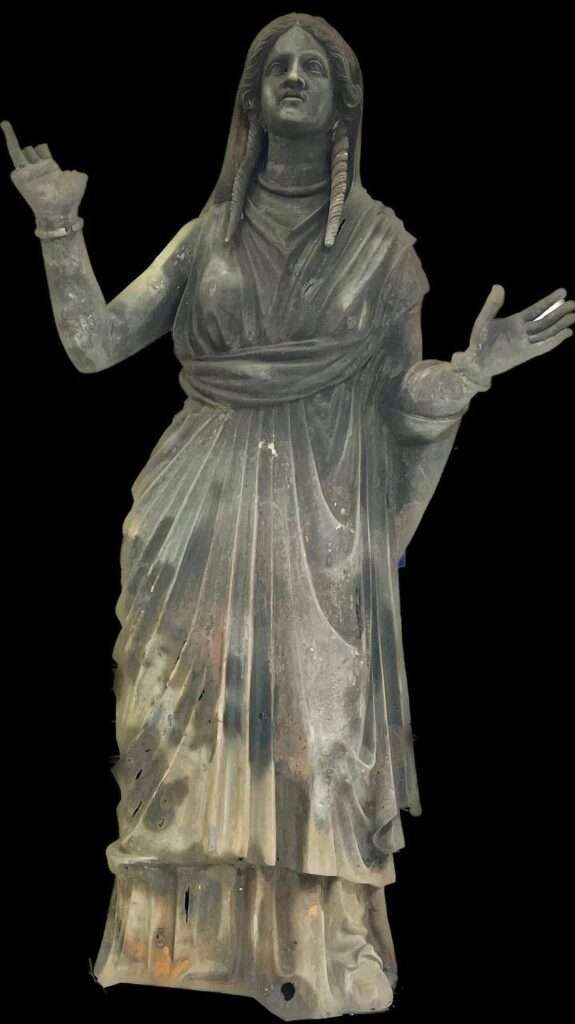
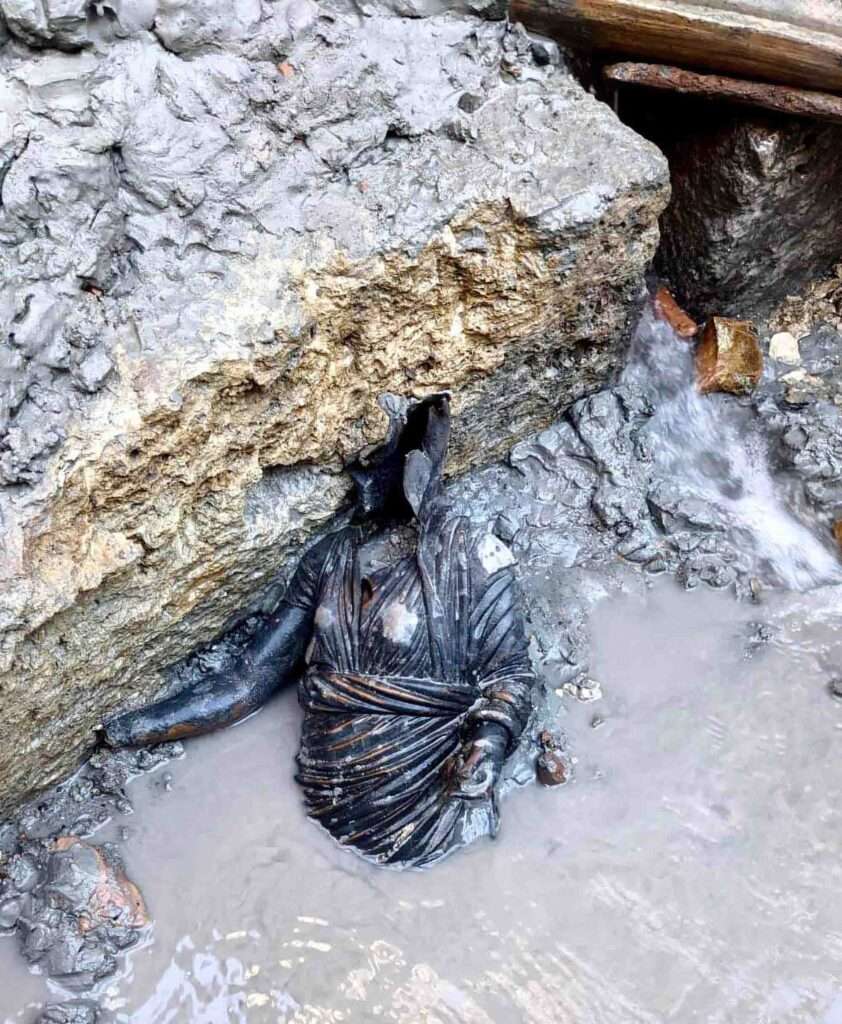
“Started in 2019, the excavation, promoted by the Ministry of Culture and the Tuscan municipality with the coordination of Professor Jacopo Tabolli from the Universita per Stranieri di Siena led to these extraordinary new discoveries in the first weeks of October. In San Casciano, thanks to recent MiC funding, a new museum will be born to house the artefacts.”
Professor Jacopo Tabolli, the Etruscologist in charge of the excavation, said it was “a discovery that will rewrite history and on which more than 60 experts from all over the world are already working”.
The Etruscans in Italy were incorporated into the expanding Roman Empire during the period of Rome’s Middle Republic (264-133 BC).
The Italian Ministry of Culture added: “In fact, 50 years after the discovery in 1972 of the famous ‘bronzes of Riace’, the history of the ancient Etruscan and Roman bronze statuaries is being rewritten in San Casciano dei Bagni.
“That of the Tuscan site is the largest deposition of bronze statues of the Etruscan and Roman ages ever discovered in ancient Italy and one of the most significant in the entire Mediterranean: unmatched especially because, so far, this era was mostly known for terracotta statues.”
The Italian Minister of Culture, Gennaro Sangiuliano, 60, said: “An exceptional discovery, which confirms once again that Italy is a country of immense and unique treasures. The stratification of different civilisations is a unicum of Italian culture.”
He added: “The study and valorisation of this treasure will be an additional opportunity for the spiritual growth of our culture and for the relaunch of territories less known to international tourism […].”
The statues will be housed in a new museum in San Casciano, with the Director-General of Italian Museums, Massimo Osanna, 59, saying: “It’s the most important discovery since the Bronzi di Riace and certainly one of the most significant bronze discoveries ever in the history of the ancient Mediterranean.”

The Bronzi di Riace (Riace Bronzes), also called the Riace Warriors, are two full-size Greek bronzes of naked bearded warriors, cast in about 460 to 450 BC and found in the sea in 1972 near Riace, Calabria, in southern Italy.
Luigi La Rocca, Superintendent of Archaeology, Fine Arts and Landscape for the Municipality of Naples, said: “The importance of the method used in this excavation is also represented by the collaboration between specialists of every discipline: from architects to geologists, from archaeobotanists to epigraphy and numismatics [coin] experts.”
To find out more about the author, editor or agency that supplied this story – please click below.
Story By: Joseph Golder, Sub-Editor: William McGee, Agency: Newsflash
The Ananova page is created by and dedicated to professional, independent freelance journalists. It is a place for us to showcase our work. When our news is sold to our media partners, we will include the link here.

